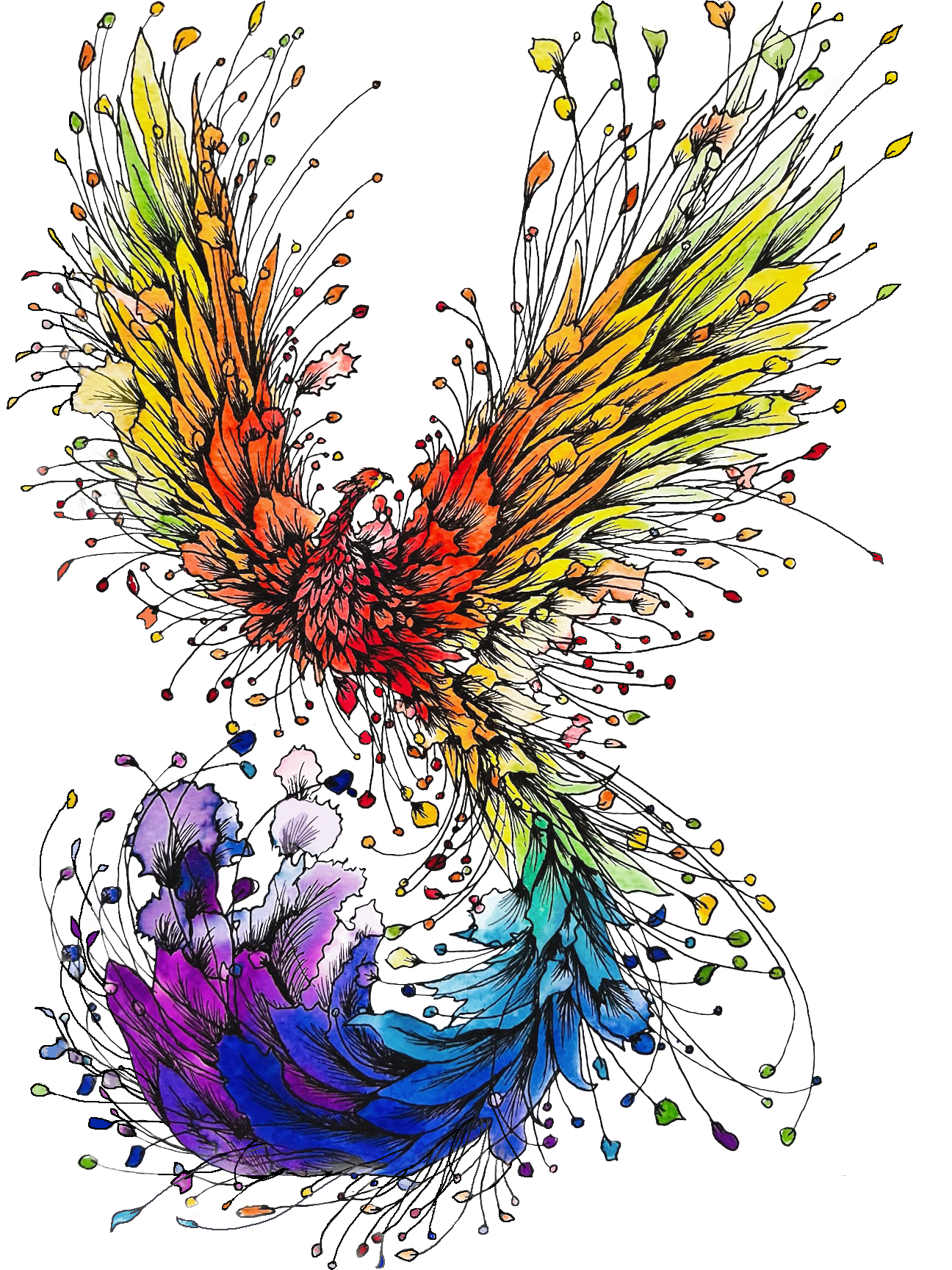Debunking the Myth: Why taking More Isn't Always Better for Psychedelic Healing
In recent years, psychedelics have gained a reputation as powerful tools for mental health, self-exploration, and emotional healing. However, along with their growing popularity, a misconception has emerged: that taking psychedelics at higher doses or with greater frequency is the best way to unlock their therapeutic potential. While high doses and frequent use can produce intense experiences, they are not necessarily the most effective—or safest—routes to healing. In fact, research and anecdotal evidence suggest that a gentler, intentional approach to psychedelics can be just as, if not more, effective for long-term growth and transformation.
The belief that "more is better" when it comes to psychedelics may stem partly from their historical association with mind-expanding experiences and cultural depictions of transformative "trips." High doses, like those used in traditional rituals or popularized in the counterculture movements of the 1960s, can undoubtedly produce dramatic shifts in consciousness. However, focusing solely on intense experiences may overlook the nuanced ways in which psychedelics can support healing. Psychedelic therapy and integrative practices emphasize careful, intentional use that prioritizes safety and personalization over intensity.
Pioneers like Terence McKenna famously advocated for what he called the “heroic dose”—a high-dose psychedelic experience meant to launch the user into a profound, otherworldly state. While these experiences can be powerful, they are not inherently more effective for everyone. High doses can be challenging to navigate and may even lead to overwhelming or distressing trips that require significant post-experience processing. For some people, high-dose experiences may dredge up trauma too quickly or too intensely, making it difficult to integrate and learn from what arises.
Lower, carefully calibrated doses, by contrast, can allow users to engage with psychedelics in a gentler, more manageable way. This can promote a sense of psychological safety, helping people confront emotions and experiences at a comfortable pace. These so-called "museum doses" or "threshold doses" can be just enough to enhance awareness and introspection without overwhelming the user.
Microdosing—taking sub-perceptual doses of psychedelics—has gained attention for its ability to subtly enhance mood, creativity, and focus without inducing a full psychedelic experience. Unlike higher psychedelic doses, which can produce vivid hallucinations and intense introspection, microdoses allow users to remain fully present and functional. This approach can benefit individuals seeking gradual improvement in mood and mental clarity, especially when combined with practices like meditation, journaling, or therapy.
In the territory between microdosing and psychedelic dosing is psycholytic medicine work. Psycholytic doses are high enough to be perceived and to notably soften and relax people’s typical ego and other defenses, while keeping people largely grounded in consensus reality. Psycholytic doses can encourage psychological material to surface that would otherwise be difficult to access, but without feeling particularly trippy, mystical, or abstract like higher psychedelic doses. Transcendelic works with psychedelic and psycholytic doses in retreats, customizing dosing for each individual and their particular history, needs, and intentions.
Alongside dosage, the frequency of psychedelic use plays a crucial role in the effectiveness of healing. Psychedelic experiences often bring to the surface powerful insights, but integrating these insights into daily life requires time, reflection, and sometimes professional guidance. Repeatedly seeking out intense psychedelic experiences without allowing for integration can lead to what is sometimes called "spiritual bypassing," where the individual becomes dependent on psychedelics to achieve insight but fails to apply those insights to real-life growth and healing.
Spacing out psychedelic experiences provides room for the mind to process and integrate revelations, creating more lasting change. For example, research on psilocybin therapy for depression has shown that a single dose, combined with structured preparation and integration, can produce meaningful improvements in mood and outlook for weeks or even months. This suggests that even infrequent, well-supported sessions can have significant therapeutic impacts without the need for high-dose or repeated usage.
Ultimately, the effectiveness of psychedelics for healing relies more on the context and intention behind their use than on the quantity or frequency. The concept of “set and setting” is central to psychedelic therapy: “set” refers to the mindset of the user, and “setting” refers to the physical and social environment in which the experience takes place. These factors can profoundly shape the experience, making it essential to approach psychedelics with clear intention, a safe environment, and, if possible, guidance from trained facilitators.
High doses in an unprepared or uncomfortable state may lead to unpleasant or confusing experiences, while even a modest dose in a supportive setting can produce meaningful insights. Intentionally setting goals, discussing fears, and preparing for the experience beforehand can enhance the benefits of even small or moderate doses. Post-experience integration is equally important, giving the individual space to process and incorporate their insights into daily life. This structured, intentional approach often yields the most effective and sustainable outcomes.
While high-dose, frequent psychedelic experiences are often romanticized as the ultimate means of self-discovery, the truth is that healing and growth can occur at any dosage and with limited frequency. Psychedelics are tools that, when used responsibly and with respect, can catalyze profound changes, but it’s the quality of the experience—and the integration that follows—that truly matters most. Embracing a mindful approach that prioritizes preparation, safety, and integration allows for a personalized, sustainable path to healing, proving that when it comes to psychedelics, less can indeed be more.
